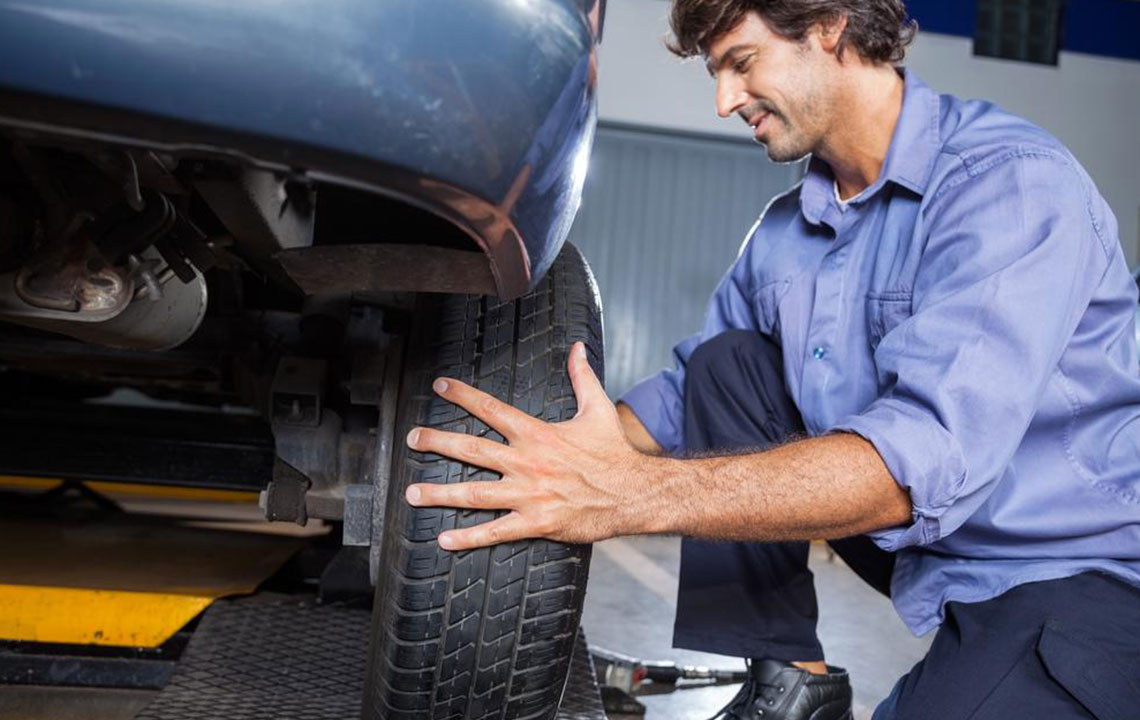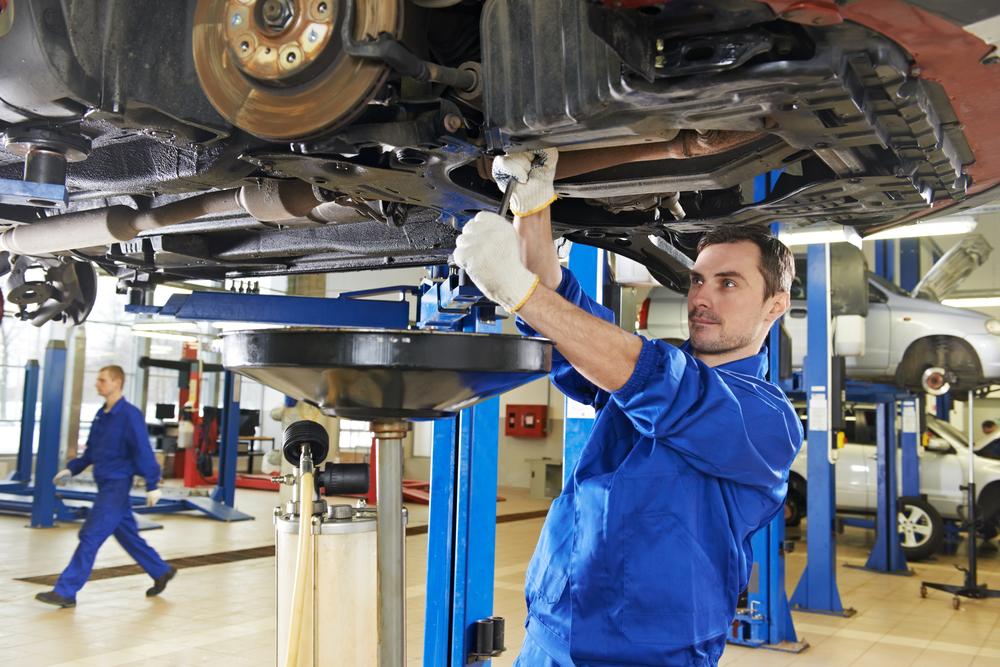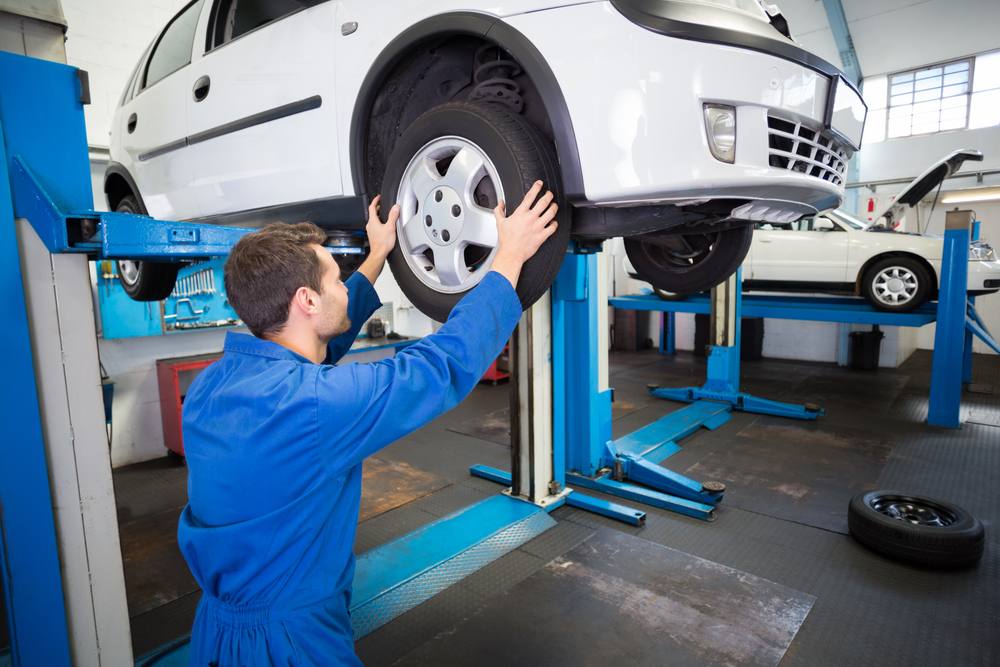Essential Guidelines for Wheel Alignment Maintenance
Maintain optimal vehicle performance with regular wheel alignment. This guide highlights when and why to check your alignment, emphasizing safety, cost savings, and driving comfort. Learn about the importance of timely adjustments, use of coupons, and key signs indicating it's time for alignment to ensure smooth and efficient driving. Proper alignment prolongs tire life, improves fuel economy, and enhances safety on the road. Stay proactive with your vehicle maintenance routines for a safer and more economical driving experience.

Essential Guidelines for Wheel Alignment Maintenance
Damage from potholes, road hazards, and accidents can disrupt a vehicle's wheel alignment. When misaligned, vehicles often drift from their straight path, which can lead to vehicle breakdowns or accidents, risking passenger safety. Regular wheel alignment checks help maintain proper handling and prevent uneven tire wear. During these checks, technicians evaluate the angles of the wheels and make necessary adjustments to align them with the recommended standards. Proper alignment ensures the wheels are perpendicular to the ground and parallel to each other, enhancing driving comfort and fuel efficiency.
Maintaining correct wheel alignment reduces tire wear and saves money on replacements. To make the process affordable, look for alignment coupons, which offer discounts during service visits. Always ask your service provider for any applicable coupons to enjoy cost benefits.
When should you schedule a wheel alignment?
After accidents, pothole impacts, or collisions
Following tire replacements
If your vehicle pulls to one side
When steering feels vibratory or unstable
Noticing premature or uneven tire wear
Regular wheel alignment ensures smoother vehicle movement and enhances safety. Properly aligned wheels improve fuel efficiency and prolong tire lifespan. Ignoring alignment issues can compromise safety and cause additional damage, so timely checks are essential.










